
The Witcher 2 has been a diamond in the treasury of PC gaming exclusives. Developer CD Projekt RED has updated the game on several occasions, adding more content and refining the experience each time. Not satisfied with just balance changes, they added a tutorial to help assist players in learning the ropes without sacrificing the pace of the prologue, a DLC mission, an arena minigame, new hairstyles for Geralt and a new difficulty mode that added weapons and armor with a twist for the hardcore fans. All of this was done at the price of free, for anyone who bought the game in the past and all those who bought it in the future would get that content with their purchase. Now along comes the Enhanced Edition, further tweaked with more DLC missions seamlessly added into the world and all of the previous content updates brought along for the ride.
Their biggest splash however comes as they enter the market for the Xbox 360 for the first time. They had to stuff a game that was known for bringing computers down to their knees onto DVDs and make it run on hardware that, in computer years, is considered antiquated. Read on to find out how well the game has tailored itself to fit the Xbox 360’s slim cut pants.

The Witcher 2’s story starts off some short time after the first game’s finale. The titicular Witcher, Geralt of Rivia, is a mutated human who has been raised in the art of monster slaying. Witchers are renowned for their physical prowess, yet feared as being “nonhuman”, a slur that weighs heavily on them wherever the go. The humans tend to look down on them as they would elves or dwarves, despite Witchers being hired to save them from animals that would otherwise rip their scrawny asses to pieces. Geralt is employed by King Foltest, ruler of Temeria, as a sort of good luck charm on the battlefield. An unusual decision for a Witcher, as they tend to stay out of politics and stick with the business of killing creatures.
All out war is threatening to erupt within the northern kingdoms, relations between nations are tense. As a result of getting involved with the doings of Monarchs, Geralt is forced on a wild goose chase to track down a mysterious man who has been killing Kings. Along the way he runs into an elf named Iorveth who presents to him another side of the coin on global politics, and he is faced with a tough decision. Which side will he choose? To continue along the human path, being treated like a puppet by those in the highest of positions? Or would he side with the nonhuman uprising The Scoia’tael to fight racial injustice? What will the implications be for his friends and aquaintences? How will the world itself be affected?
Your decisions carry meat on their bones much like the prostitutes you spotted in the back alley behind the bar. Most major choices will either come back to bite you in the ass or give you a little helping hand. But the reprocussions are often delayed; similar to the first game, you’ll make a tough choice and you won’t see just how it is going to affect everything until several hours later. One major choice you make will even change your entire Chapter 2 experience! Your location, missions, characters (mostly) are all different than if you chose the other. This rewards multiple playthroughs, allowing you to see how the other half lives. You’ll also make smaller choices that will determine what character you will meet somewhere and what information you’ll get out of that person instead of the other. The only way to get the full picture for yourself is to play through again.

The word “Mature” gets thrown around as a throwaway buzzword in reviews, press statements, and on the covers of games to represent a certain level of violence, blood, sexual content, drug use and other morally “objectionable” things that are used beyond a certain extent in a game. Very rarely does it so refer to the mental maturity required to understand a plot filled with grey areas and realizing that decisions you make are going to come to fruition eventually. Entire armies, civilizations, races and classes depend on who you side with and what choices you make. No matter which you choose, there will be blood. Whose blood that is is left in your hands. Characters are multifacited, a character may appear to be one thing but be something else entirely, and wether or not you find out the truth about them depends on your convincing skills, what other characters you talk to and what actions you take during certain missions. Even Geralt’s friends perform some rather questionable moves from time to time.
Upon release, The Witcher 2 was a visual powerhouse on the PC, and still is one of the most remarkable looking games on the platform. The RED Engine is incredibly powerful and is capable of doing some extreme things to make the game look prettier (Ubersampling, anyone?) so a thought on many a gamer’s mind is “Can The Witcher 2 be run on the Xbox 360?” CD Projekt RED did an incredible job cramming most of the visuals of the PC version into a system that is 6-7 years old. PC Players will notice a huge difference in the lighting engine, which is less neon hued and doesn’t give off as much “radiation glow” on the 360. Lighting is a lot more muted but still decently atmospheric. It’s a tradeoff that works well. Character models are still finely detailed and textures are sharp and crisp on most characters and surfaces but the occasional blurry texture will marr an otherwise picturesque scene.
However, due to the way the game streams in assets texture and object pop-in can became a huge issue. The developers suggest you to install the game before playing, and trust me it makes a big difference. Once I installed most of my pop-in was reduced or removed, having the occasional texture or low LOD model show up for a second during a cutscene but it was quickly fixed. Load times also improved dramatically once I installed, making a death or moving to a different location much smoother overall. Screen tearing is also reduced by installing. So make sure you install both discs before taking off, its worth losing the 15GB of space.
Even still with the stress of all the eye candy, the game maintains a silky smooth framerate pretty much the entire game. I ran into an issue with maybe one cutscene running abnormally low due to the sheer amount of special effects on screen, and that alone is very impressive. Many games wish they could claim as steady of a framerate, and it is something I wish more developers would strive for. The image quality is without a doubt nowhere near as crystaline as the PC version, but the result is still gorgeous. It looks great in motion and doesn’t hitch up on you when you need it to be at its smoothest: the combat.

Combat is an often highly misunderstood part of the game. While Geralt dances about the battlefield like a death ballerina or action game hero, you cannot simply mash one button to win. Each battle you enter will require intelligent positioning, strategic use of traps and magic and knowing when to attack, dodge, block or riposte. At the start of the game you will feel the most under-prepared but with reason. As with all RPGs you gain more skills as you level, giving you access to more tools of the trade or perks in battle that will serve a multitude of purposes. You get 3 schools of fighting (once you hit level 8 and get out of the starting skill tree) to choose from as you add your points towards unlocking better benefits for your chosen style. Each skill has two levels, so you can further concentrate your build on certain types of bonuses or spread your points out and gain more skills in other trees.
A witcher needs his specializations to cater towards his style of fighting, so pay attention to what you find you use most in combat and built towards that. Its natural to say you use the swords a lot, and the swordsmanship path was my preferred school. But some players go down the alchemy route to give themselves more power through potent potions and stronger bombs and traps. Others may want to have a better control of the battlefield through magic, turning an enemy onto his friends, holding a foe in place, lighting them on fire or pushing them away with a powerful gust among other things. Even on normal difficulty, a wise selection of potions, blade oils, magic, traps and bombs for each battle will make your fights much easier. Enemies are still dangerous, and require understanding of what works best against them including your position on the field and if they are more likely to dodge a heavy attack or shake off a light attack like a breeze hit them.

In order to get the most out of the combat system, you’ll have to play smart, play careful, and learn how to take advantage of every opportunity you get. Once I increased my dodge range and gained the riposte ability I found most fights to be much easier than before. Soon I was reaping the benefits of my new skills and smoothly integrated them into my use of bombs and traps on the field for fast paced action and ending encounters with satisfyingly styled finishers. You won’t be a master out of the gate, but it is something worth working up towards. The amount of preparation for each battle isn’t as tedious as you might think, and once you’re in the thick of battle and having to make decisions on the fly, you’ll be glad you put down that freeze trap. It’s intense, and makes you feel like a hunter that much more.
You’re going to need money to equip yourself, a witcher always strives to do a job that pays him well. You get your standard selection of “Kill x” quests, which are fairly uninventive but make sense in the perspective of the lore. You’ll also get quests that make you run back and forth between two or more NPCs trying to resolve some kind of conflict, again nothing that hasn’t already been done before. However, the series’ signature “grey area” choices often make it so that there’s no clear cut right or wrong. If you make a decision, someone will benefit, someone will suffer. You have your choice of gambling via fistfighting, arm wrestling and dice poker for money. When you want to maximize the amount of money you make, I find Dice Poker to be the worst option for making money (and to hell with its “Get 5 of a kind!” achievement, at that), and arm wrestling to be the most lucrative.
One of my favorite little details is Geralt’s quest logs, which are all written by his bard friend Dandelion. His dramatic and silly retellings of events that occur during a quest add flavor to a section of games that usually consists of lists of objectives. The RPG fan who enjoys a good read will get a kick out of the bard’s scribblings from awesome main quest adventures down to trying to make Geralt being the champion of arm wrestling sound intense. If you fail a mission he will not hesitate to call you out on it either. It’s only appropriate that Dandelion be the scribe for this tale, as he prides himself on tales of Geralt. No matter what he does, no matter which side of the field he finds himself on, Dandelion wants the world to remember the choices and sacrifices made on the journey.

However, not all is perfect with the Xbox 360 version. Some of the voice acting sounds like the audio has been overdriven. King Foltest was especially prone to having his voice clip frequently, which may cause players to get frustrated listening to an otherwise outstanding character. The interface for your inventory and shops is cluttered, especially as your pack fills with trinkets and crafting materials aplenty. While you can easily sort through for a specific type of item, it feels like it takes way too many button presses to get to what you want to see. For some reason, the animation for drinking potions has been removed entirely, being replaced by a static menu that returns you to the game with buffs applied. In general, the minimap is confusing and rotates with your character which can cause some disorientation, especially in a new area. Character models are reused, sometimes often to a painful enough degree that you can see the same person standing 10 feet away from one another.
The game absolutely has its faults. The brutal difficulty and unforgiving barrier of entry can be a detriment for some gamers. For me though, I consider The Witcher 2 to be one of the best games on the 360, just as it was on the PC. Though I encourage anyone with a capable PC to pick up that version for the crisper graphical fidelity, you can’t go wrong by picking up the Xbox 360 version. It is the same great game as it was when it first launched a year ago, updated and fit perfectly into the xbox 360’s older hardware with zero compromises. 360 owners even get cool physical extras, a map of the world, soundtrack CD and a game guide for those who get a little lost. With a beefy main quest and a completely different second chapter depending on your choices before it, and a replayable Arena minigame, there’s plenty of replay value and bang for your buck (If you get that kind of humor).
(Screenshots taken are from the PC version of the game)
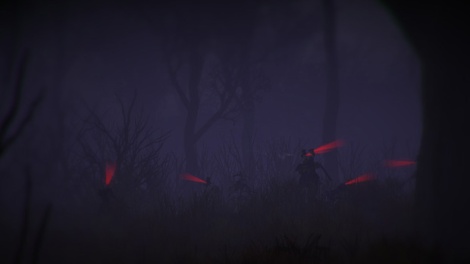
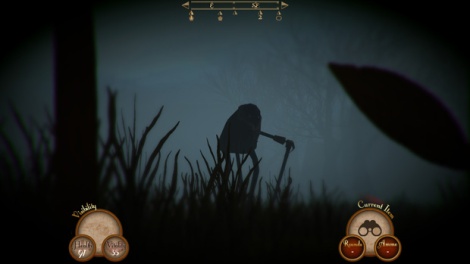

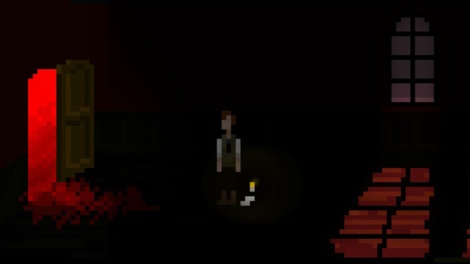
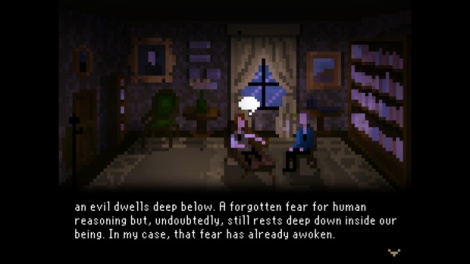
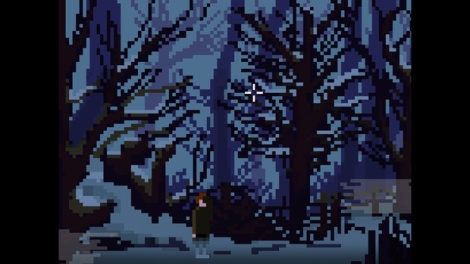
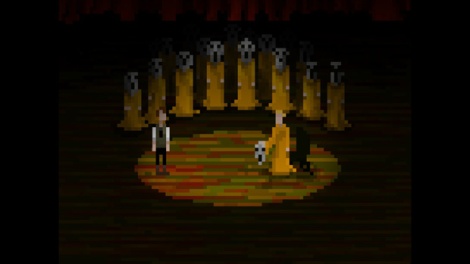

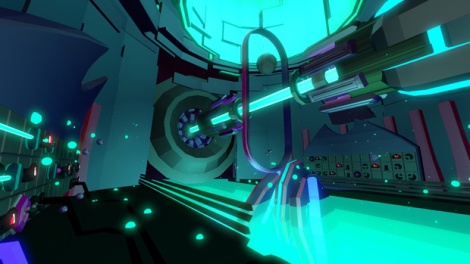
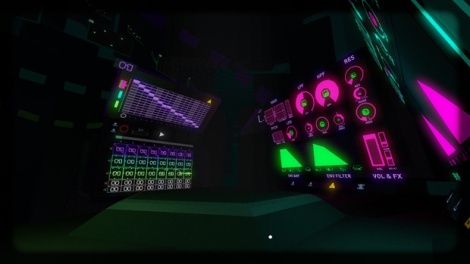
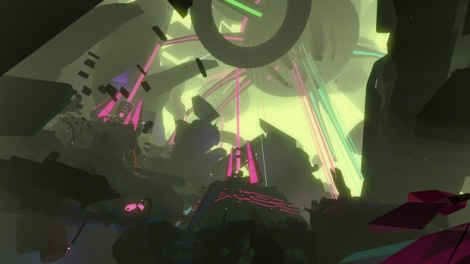






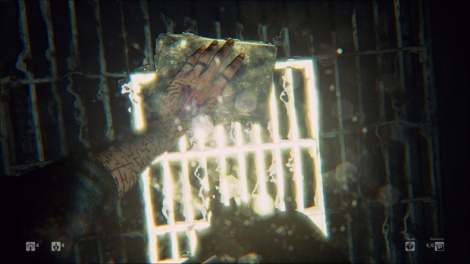




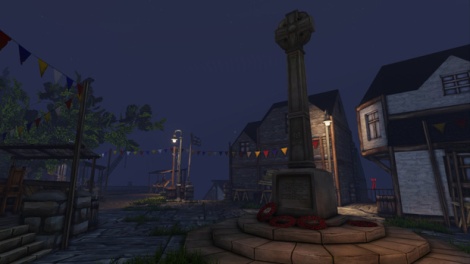

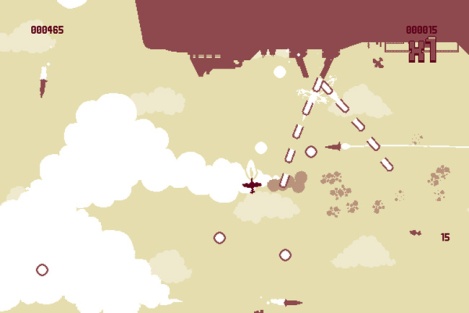
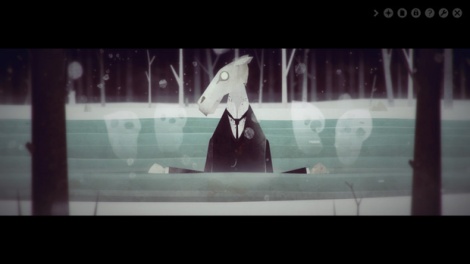
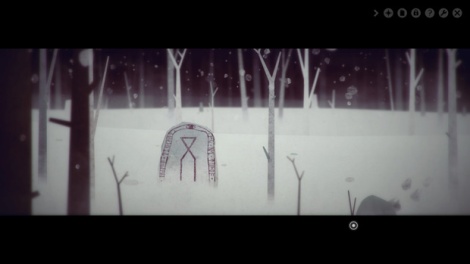







You must be logged in to post a comment.